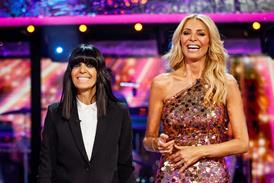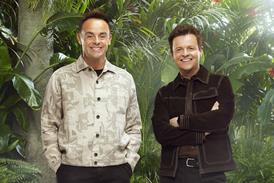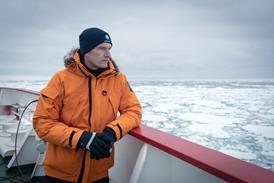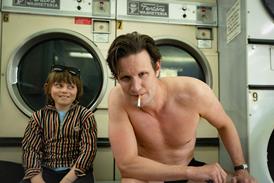Show is again top for using female experts but that may not be the whole story, says Lis Howell.
Our results in June stirred up some controversy last month when they appeared in Broadcast, in the main because they showed that BBC News at Ten used nine times as many male as female expert interviewees in the week monitored.
This month, BBC1’s flagship news programme changed dramatically: the ratio of male to female experts was 4.6 to one. There were still nearly five times as many male speakers of authority as female, but it was much better than in June. There does not appear to be any reason for this except, perhaps, marginally fewer soccer and business stories.
Channel 4 News maintained its better ratio of three male experts to each female. However, I did get correspondence last month from a professional female journalist who maintains that women reporters get less airtime on Channel 4 News. This survey has not been set up to count female broadcasters, but female experts from the public. However, we should be able to calculate the number of female reporters, correspondents and presenters next time to see how Channel 4 News compares.
Newsnight maintained its ratio of four men to one woman (a slightly better ratio than News At Ten, with Newsnight at 4.25 to one as opposed to 4.6 to one) but we had been hoping Newsnight might start to be more of a flagship and edge towards parity, given both its kudos (fewer people are likely to say no to appearing on Newsnight) and the late evening timeslot, which makes it easier for busy and important people of both genders to take part.
ITV News was disappointing at 5.8 to one. Again, there was no discernible reason for this and until the full minutage data comes in, I’m prepared to bet that the female interviewees got less airtime than the men. Even when a woman is interviewed on a programme, she tends to get less time. Now why is that, I wonder?
Let’s see what August delivers. It’s possible that when men want to spend more time with their families, organisations have to increase the number of female contributors.
We have also attempted to avoid London 2012 Olympics coverage, as that is hardly typical. However, it has occupied a lot of the news bulletins, so August may throw up some interesting results.
Now, back to last month’s controversies. We are usually asked by press officers at organisations with a poor male-to-female expert ratio to explain our results and provide our numbers and methodology. We have no problem with that except that it takes time and is unnecessary.
The methodology is very simple. Post-graduate students from the journalism department of City University watch or listen to each programme for five consecutive days. A student monitor has a template and types into it the name of the programme, the time, and then a running order that notes every item, who took part in it and for how long.
There is no need for broadcasters to see our templates; they have their own records. The only discrepancy that might arise is if a monitor has made a human error. But female experts are on air so rarely that it is unlikely, and so far no one has challenged the figures. There is a potential problem on radio if a contributor has a gender-neutral name, such as Chris or Jo, and a neutral-sounding voice, but so far that hasn’t happened.
The monitors are asked to make a value judgement about whether a speaker is an expert or a victim – for example, in an item on breast cancer, is someone interviewed who has had breast cancer an expert or a case study?
Usually the students use common sense: anyone who is an example is not listed as an expert. But someone who, for example, ran a help group, challenged medical authority or provided a unique perspective would be classified as an expert. These contexts appear less often than you might think.
Lis Howell is director of broadcasting at City University, London. This analysis appears monthly
Male/Female Ratio
NEWS OUTPUT
- BBC News at Ten 4.6:1
- Channel 4 News 3:1
- BBC2 Newsnight 4.3:1
- ITV News (10pm) 5.8:1
(Period covers 8-11 July)


























No comments yet